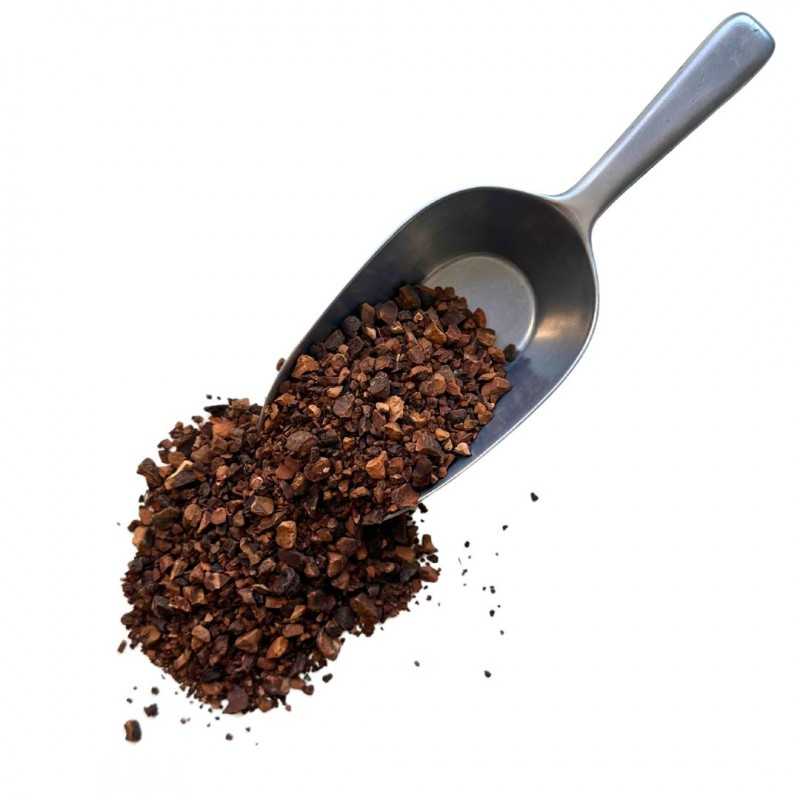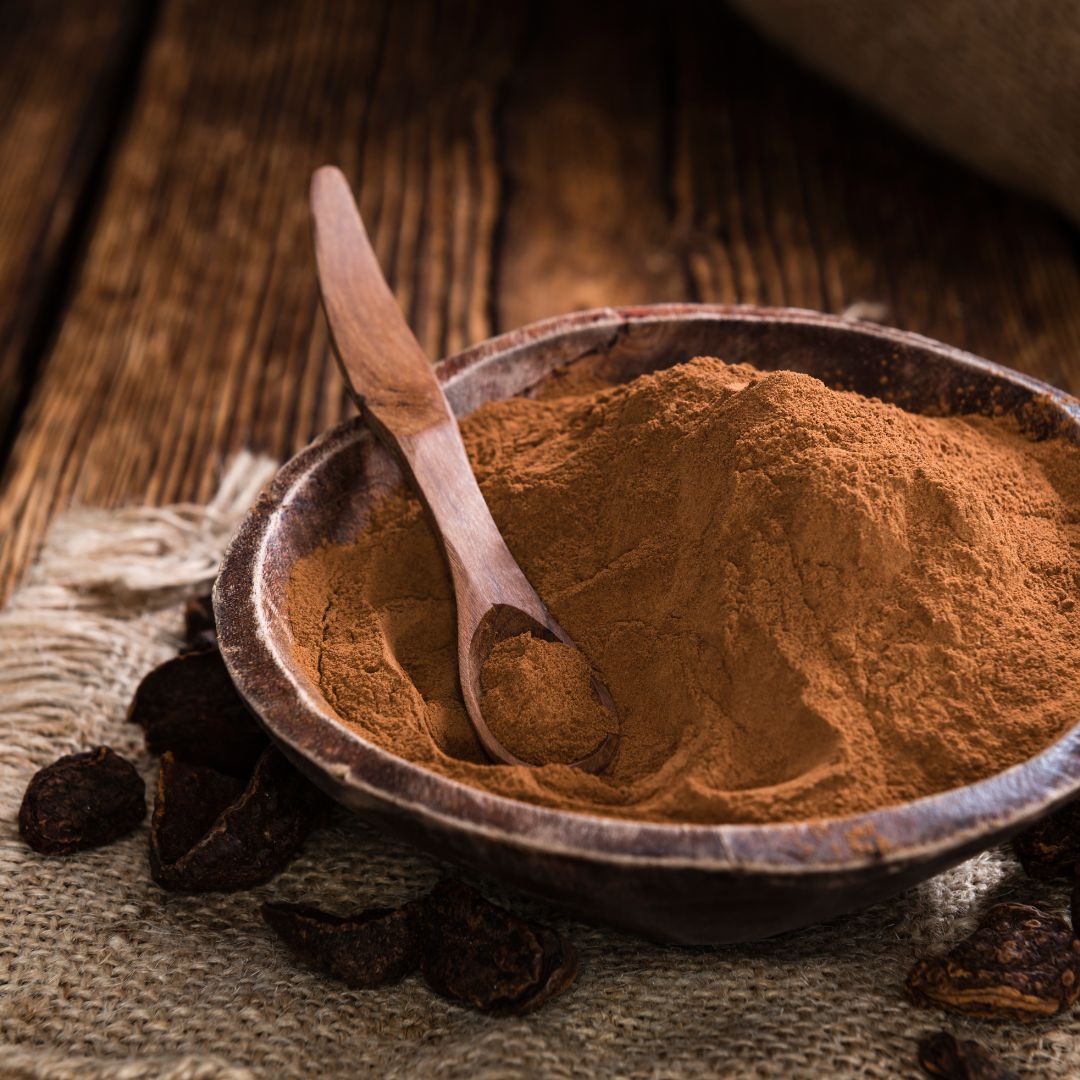
The kolatier: the essentials in 3 points :
The kolatier: the essentials in 3 points: -These nuts have tonic and stimulating properties -Improve the body’s resistance to physical and mental fatigue -Restore vigor and dynamism Are you prone to a little sluggishness? In phytotherapy, we recommend the use of kola nuts. Thanks to a natural formula rich in active compounds, they help you regain vigor quickly.
Where do kola nuts come from?
In fact, kola nuts are the seeds of the fruit of the kolatier tree. Like the cacao tree, the kolati tree is a member of the sterculiaceae family. Growing up to 20 meters high, the kolatier is distinguished by its straight trunk and rounded crown. The trunk is entirely covered with rough bark and bears numerous main branches. The leaves are glabrous and alternate. They are dark green in color, with an oval, lanceolate, full-edged blade. Pinnate veins are clearly visible on the undersides of the leaves. Growing in clusters, inflorescences appear only on large branches. Unisexual, they measure around 2 cm. The flowers produce a fruit known as a cabosse. Imposing, each fruit can weigh up to 2 kg. Initially green, the fruit takes on an attractive brown color when ripe. The fruit consists of several star-shaped follicles containing up to 6 seeds. As large as a pigeon’s egg, these seeds range in color from creamy white to red, depending on the variety.
What you need to know about growing and caring for the kolatier
The kola tree is native to West Africa, where it grows in large numbers in the wild. The tree is also cultivated for its seeds, commonly known as kola nuts. The kola tree is more or less demanding. To grow well, it needs warmth, a humid atmosphere and an adequate supply of water. The amount given must be carefully considered to avoid excess. This can lead to yellowing and premature leaf drop. In addition, young kolatier plants shy away from direct sunlight. Mature plants, on the other hand, require good exposure to light all year round. Without sufficient light, kolatier leaves remain small and turn pale. The kolatier needs a temperature of between 25°C and 35°C to grow. It cannot tolerate low temperatures below 5°C.
About the use of kola nuts in phytotherapy
The nuts are the only part of the kola tree used in herbal medicine. The pods are harvested just before they begin to open. This gives them a lovely pale green color. The nuts are then carefully extracted from the pods. They are left to dry for 2 to 3 days, until the arils fall off on their own. Once the nuts are dry, they are ground into a powder for easy consumption. Rich in active ingredients, including caffeine, these nuts have tonic and stimulating properties. The active ingredients act synergistically to improve the body’s resistance to physical and mental fatigue. They also help you feel more energetic, and contribute to effectively strengthening the body. Kola nuts are ideal for restoring energy and vitality. Depending on your mood, you can take them in a variety of ways. In addition to their natural form, you’ll find kola nut extracts in capsule and tablet form. They can also be taken as a herbal tea. To prepare an infusion, we recommend that you boil water and immerse a teabag in it for around 10 min. You can reduce this time to around 5 min for a drink with a less pronounced flavor. Don’t hesitate to add a little honey to flavour and sweeten the drink slightly. Whether in capsule, herbal tea or decoction form, we always encourage you to follow the product dosage instructions. Throughout and after the cure, always adopt a healthy lifestyle and a good diet. The more color in your diet, the better. In addition to their use in phytotherapy, kola nuts are also very useful in dyeing. They contain condensed tannins that oxidize and polymerize to produce phlobaphenes. It is these phlobaphenes that give the color “kola red”.






